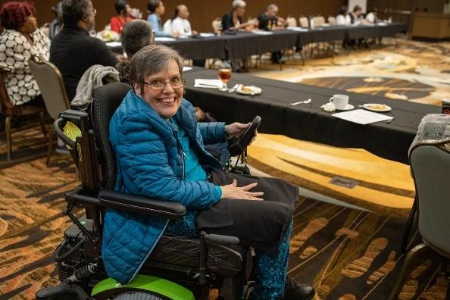Intercity Transit’s Village Vans Program Trains Volunteers for Life Changing Careers
- Author: Kelsey Norvell
- Date: July 23, 2024
Funded by federal and state grants and operating in partnership with local social and public service agencies, Village Vans is an important community asset…


